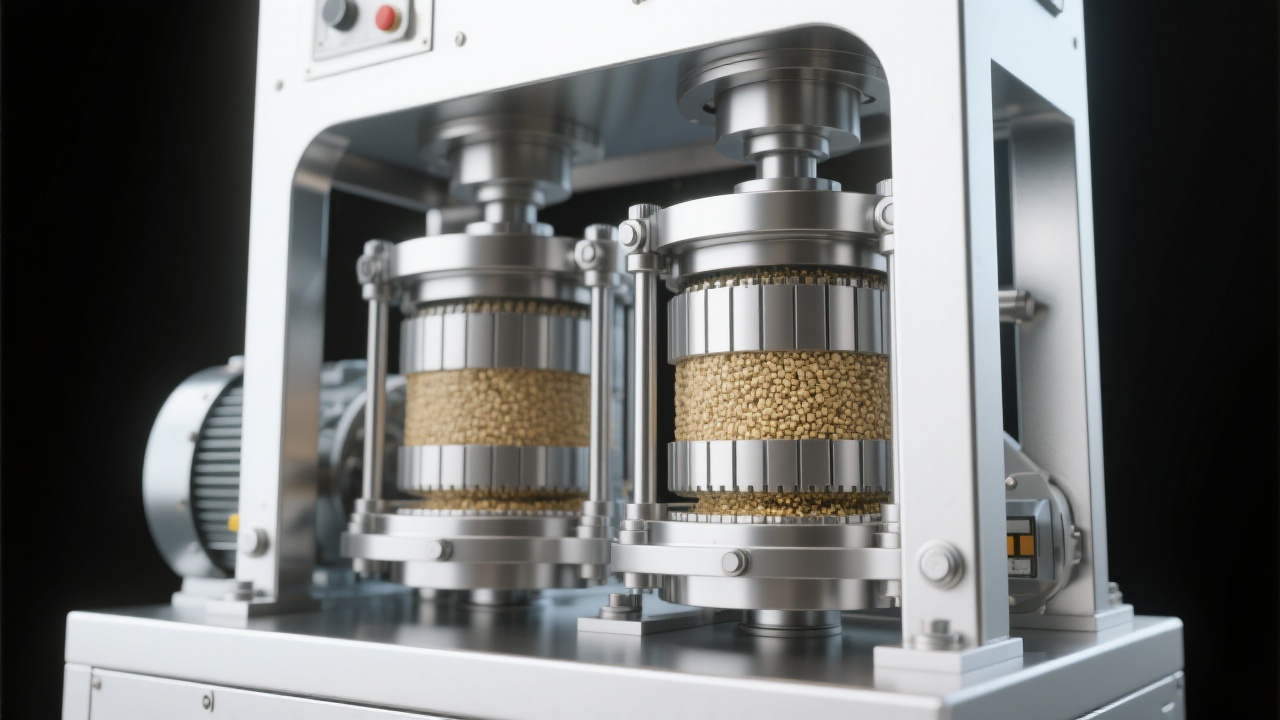
In the rice bran oil industry, many processors still overlook a critical step that directly impacts extraction efficiency: extrusion pre-treatment. In my 18 years of working with mills across Southeast Asia, South America, and Europe, I’ve seen how choosing the wrong extruder material or ignoring structural design can cost up to 8% in yield loss—equivalent to thousands of dollars per month for mid-scale operations.
The extruder’s job is simple but vital: apply controlled heat, pressure, and moisture to disrupt the cell walls of rice bran, making oil more accessible during pressing or solvent extraction. According to a 2022 study published in the Journal of Food Engineering, optimal extrusion conditions (temperature: 110–130°C, pressure: 1.2–1.5 MPa, moisture content: 12–15%) increase oil recovery by 7–12% compared to untreated bran.
| Parameter | Optimal Range | Impact on Yield |
|---|---|---|
| Temperature | 110–130°C | ↑ 5–8% when optimized |
| Pressure | 1.2–1.5 MPa | ↑ 3–5% with consistent control |
| Moisture | 12–15% | Critical threshold – too low = poor expansion |
But here’s where most buyers get tripped up: material and structure matter just as much as settings.
In a real-world case from a Malaysian mill processing 5 tons/day, switching from standard 304 stainless steel to wear-resistant alloy (like 316L + chromium nitride coating) reduced downtime by 40%. Why? Because rice bran contains silica and fatty acids that corrode cheaper metals over time. The hardened version maintained surface integrity for over 18 months without reconditioning—while the old one needed replacement every 6 months.
What does this mean for you? If your operation runs 24/7, investing in premium materials may reduce long-term maintenance costs by up to 30%, even if initial purchase price is higher.

For rice bran, twin-screw extruders are often preferred—not because they’re “better,” but because they offer superior mixing and temperature uniformity. A 2023 field test at a Brazilian oilseed plant showed that twin-screw units achieved 11.2% average yield vs. 9.4% with single-screw under identical input conditions.
Key takeaway: If you're targeting high consistency and minimal batch variation, twin-screw systems are worth considering—even if they require slightly more energy (typically +5–7%). The return on investment comes from fewer rejects and better downstream process stability.
Modern extruders now integrate IoT sensors for real-time monitoring of torque, temperature gradients, and feed consistency. One German manufacturer reported a 15% reduction in energy consumption using predictive algorithms that adjust steam injection based on moisture feedback loops.
And yes—it’s not just about saving kilowatts. Smart extruders also help meet ESG goals by reducing waste and improving traceability. For global buyers aiming for ISO 14001 certification, this is no longer optional—it’s essential.
If you're evaluating new equipment, don't just look at specs. Ask: Does it support remote diagnostics? Is the screw easily replaceable? Can it handle variable feedstocks without manual recalibration?
Because in today’s market, efficiency isn’t just about output—it’s about resilience, sustainability, and scalability.
Still unsure which extruder fits your operation? Whether you're scaling up or optimizing existing lines, we’ve helped over 30+ clients improve rice bran oil yields by an average of 9.3%. Let’s discuss your unique challenges—no sales pitch, just actionable insights.
Get Your Free Technical Assessment Today →
